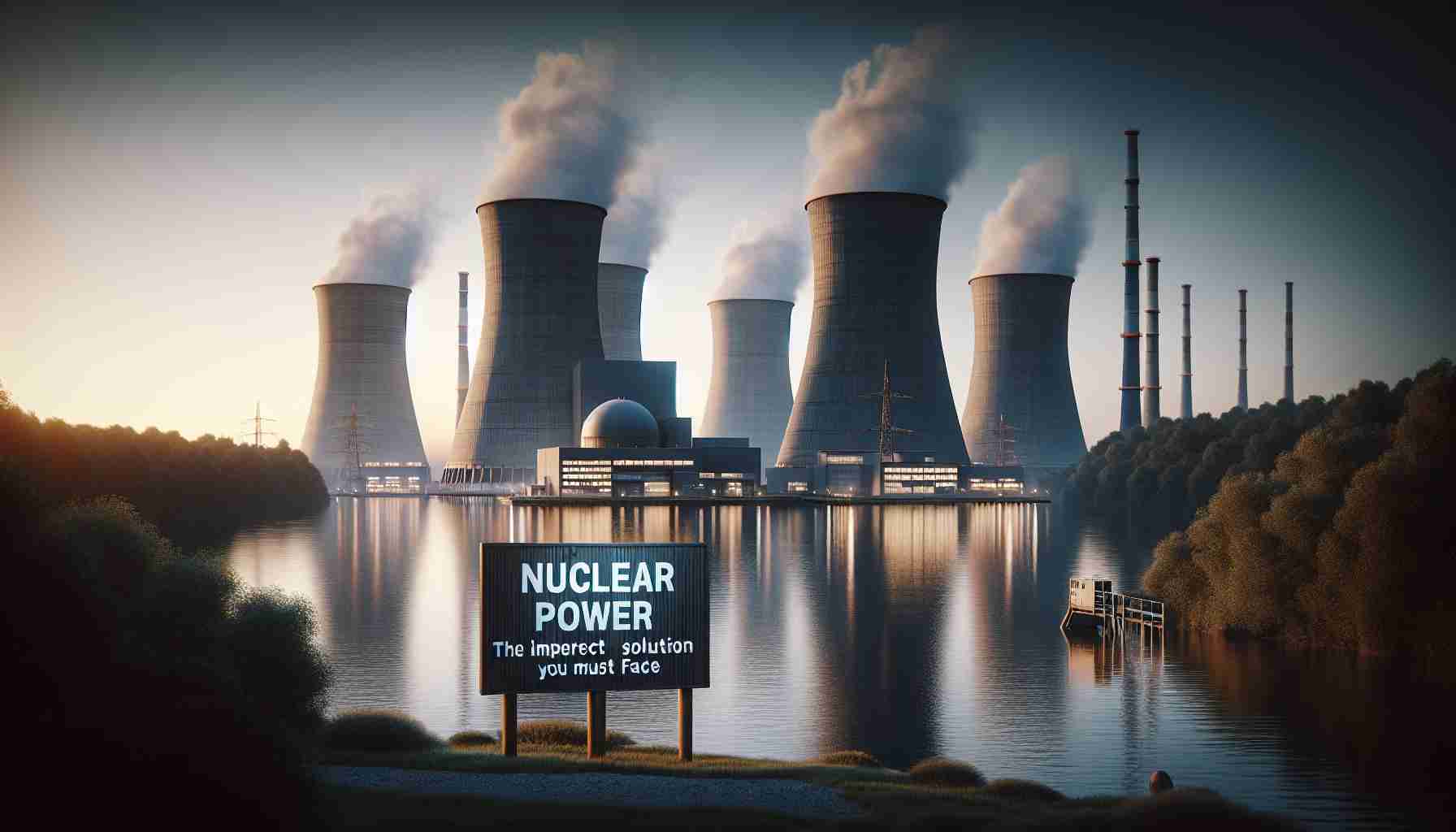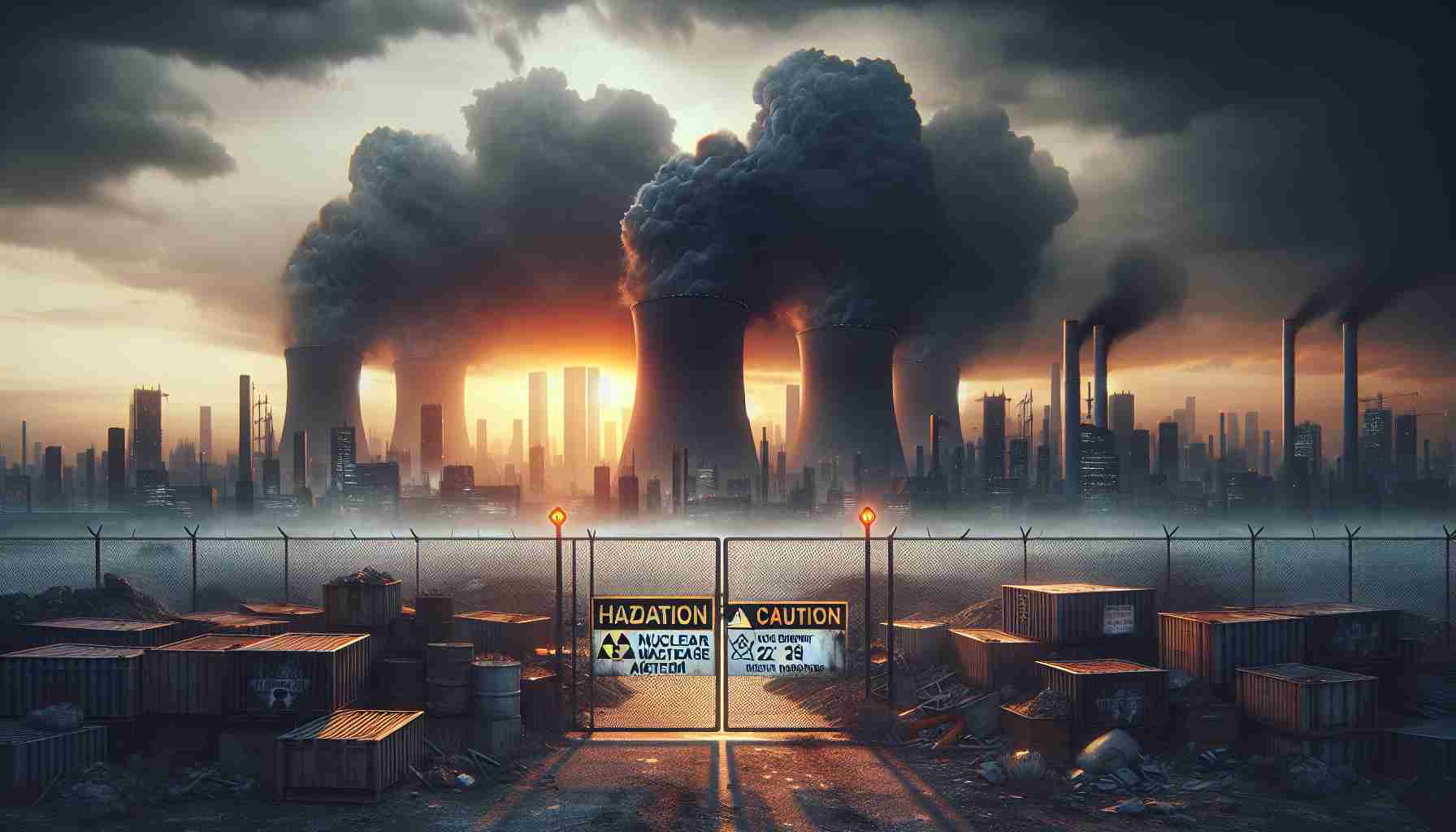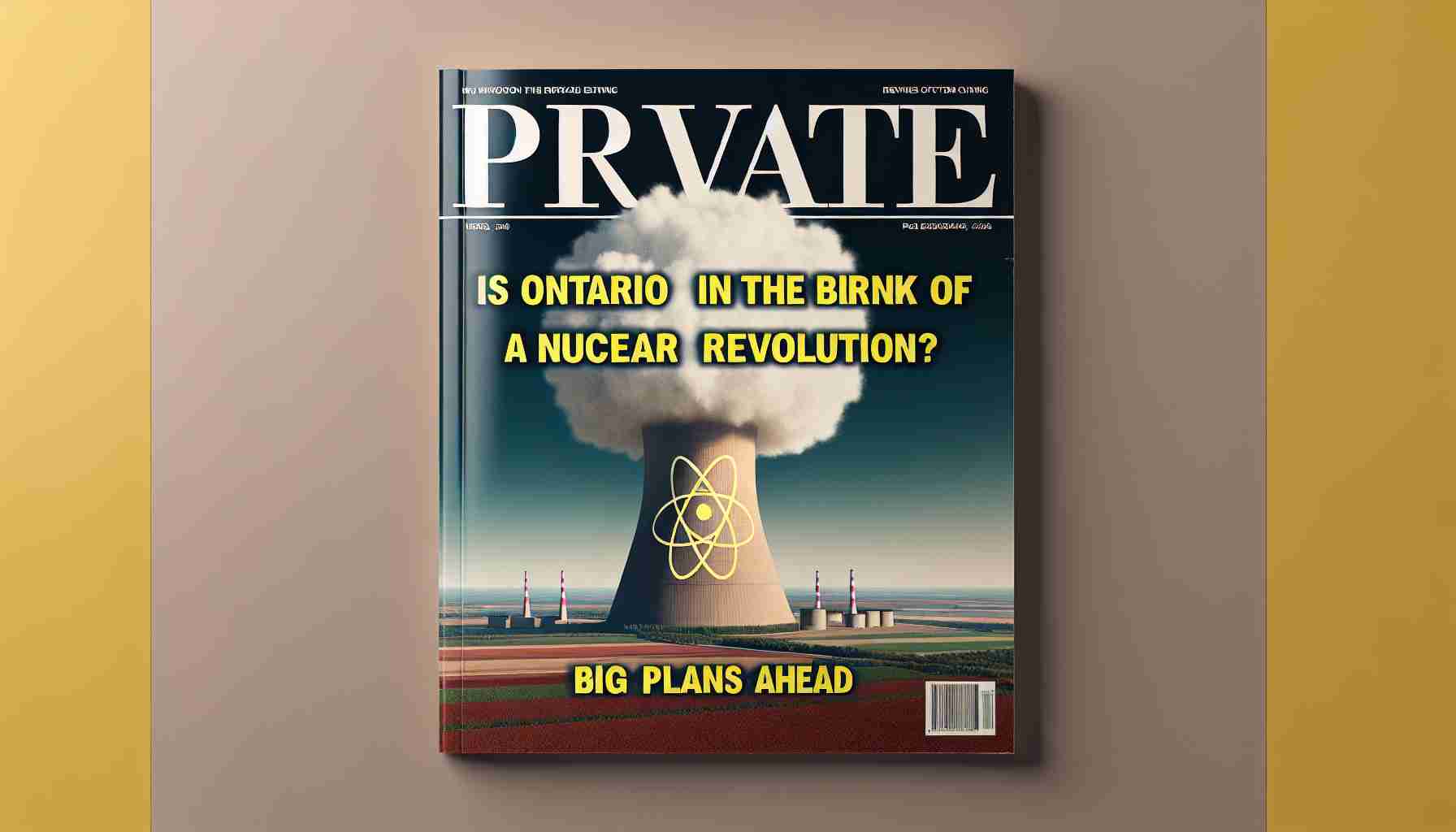Assessing the True Costs of Nuclear Energy
Nuclear power is often hailed as a clean energy source, critical for fighting climate change. This perception, however, masks the serious challenges and risks that accompany it. Individuals who have firsthand experience in the nuclear industry emphasize the importance of transparency regarding the hidden costs of nuclear power.
In the 1990s, the Zion Nuclear Power Station in Illinois was celebrated for its efficiency and safety. Yet, beneath the surface, unresolved issues regarding toxic waste emerged, particularly concerning the management of radioactive materials that will remain hazardous for thousands of years. Following Zion’s closure in 1998, the financial burden of waste disposal became evident, with cleanup costs soaring into the billions—far removed from the narrative of low-cost energy promoted to the public.
Currently, the radioactive waste from Zion still resides dangerously close to a bustling metropolitan area, stored in specialized casks designed for a century but ultimately confronting us with a long-term environmental dilemma. While a small amount of this waste has been sent for recycling, profitability concerns compromised the operation.
Advocates of nuclear energy often overlook these realities. Although nuclear power plays a vital role in reducing carbon emissions, the toxic waste issue is pressing and complex. Moving forward, it is crucial to balance our reliance on nuclear power with a thorough understanding of its ecological impact and the pressing need for safe waste management solutions.
Examining the Broader Implications of Nuclear Energy Costs
As we grapple with climate change, the complexities of nuclear energy extend beyond immediate environmental concerns to encompass societal, cultural, and economic dimensions. Nuclear power is often perceived as a silver bullet in the race against global warming, yet its broad implications suggest a less straightforward narrative.
Culturally, the reliance on nuclear energy reflects societal values surrounding energy consumption and safety. Communities near nuclear plants often experience anxiety over potential mishaps and the long-term health implications of living near toxic waste. This informs public perception, leading to skepticism that can affect policy and investment in nuclear technology. As such, the discussion around nuclear power must incorporate community voices to ensure inclusivity in decision-making processes.
Economically, the legacy of nuclear plants like Zion poses significant challenges. The hidden costs associated with waste management and plant decommissioning can burden taxpayers and deter investment in alternative energies. The global economy faces choices between the immediate gains of nuclear energy and the long-term financial implications of waste disposal and potential accidents. With energy markets evolving, shifting investments towards renewables like wind and solar could ultimately prove more sustainable and economically viable.
Environmentally, the repercussions of nuclear energy are profound. The persistent threat of radioactive waste points to a critical need for effective waste disposal strategies that transcend decades. Innovations in waste recycling and the development of next-generation reactors could mitigate some ecological impacts.
Ultimately, as we envision a future dependent on diverse energy sources, it is imperative to understand the long-term significance of nuclear power within a broader environmental and economic framework, ensuring that our pursuit of sustainability does not come at an unprecedented cost to society and our planet.
The Real Cost of Nuclear Energy: Breaking Down Myths and Realities
Understanding Nuclear Energy Costs
Nuclear energy has been a prominent topic in discussions about sustainable energy sources, often praised for its potential to significantly reduce greenhouse gas emissions. However, an in-depth examination reveals additional layers of complexity related to the true costs and environmental impacts of nuclear power.
The Hidden Costs of Nuclear Power
One of the most significant hidden costs associated with nuclear power is waste management. The dilemma of radioactive waste disposal plays a critical role in the long-term sustainability of nuclear energy. Current practices involve storing waste in casks, which are designed to last for a limited time—often around 100 years. However, radioactive materials can remain hazardous for thousands of years, raising questions about the feasibility and safety of such storage methods in densely populated areas.
Long-Term Environmental Implications
Case studies such as the Zion Nuclear Power Station highlight the risks surrounding toxic waste. After its closure in 1998, the site’s radioactive waste remained stored in close proximity to urban environments, posing potential risks to public safety and the environment. The financial implications of such waste disposal have proved to be immense, underscoring the need for a comprehensive, long-term strategy to address the ecological impacts of nuclear energy.
Pros and Cons of Nuclear Energy
Pros:
– Low Greenhouse Gas Emissions: Nuclear power generates electricity with minimal carbon dioxide emissions, making it a crucial element in the fight against climate change.
– Reliable Energy Source: Nuclear plants can operate continuously for long periods, providing a steady power supply.
Cons:
– Radioactive Waste: The long-term storage and management of hazardous waste remain major challenges.
– High Initial Costs: The construction and decommissioning of nuclear power plants require significant investment, which can lead to financial burdens over time.
Innovations in Nuclear Technology
As the industry evolves, innovative solutions such as advanced reactor designs, including small modular reactors (SMRs), are being developed. These technologies promise enhanced safety features, reduced waste, and potentially lower costs. Moreover, some companies are exploring methods to recycle spent nuclear fuel, potentially mitigating waste concerns.
Pricing and Market Analysis
In examining the cost of nuclear energy, factors including capital costs, operational expenses, and waste management solutions must be considered. While nuclear power can be cost-effective in the long run, initial investments are substantial. Market trends indicate a push towards renewable energy sources, but with the ongoing demand for low-carbon energy, nuclear energy may still play a vital role.
Security and Sustainability Considerations
From a security perspective, nuclear power presents unique risks, including the potential for accidents and the misuse of nuclear materials. Thus, robust safety protocols and regulations are essential. Moreover, the sustainability of nuclear energy hinges upon the development of secure waste management practices and the safe disposal of spent fuel.
Conclusion: The Path Forward
As society progresses towards sustainable energy solutions, it is crucial to address the misconceptions surrounding nuclear power. Ongoing dialogue about its benefits and limitations is essential for informed decision-making. Balancing nuclear energy use with comprehensive waste management strategies and investment in innovative technologies may ultimately provide a path to a sustainable energy future.
For further insights on energy policies and technologies, explore more at Department of Energy.
The source of the article is from the blog windowsvistamagazine.es



